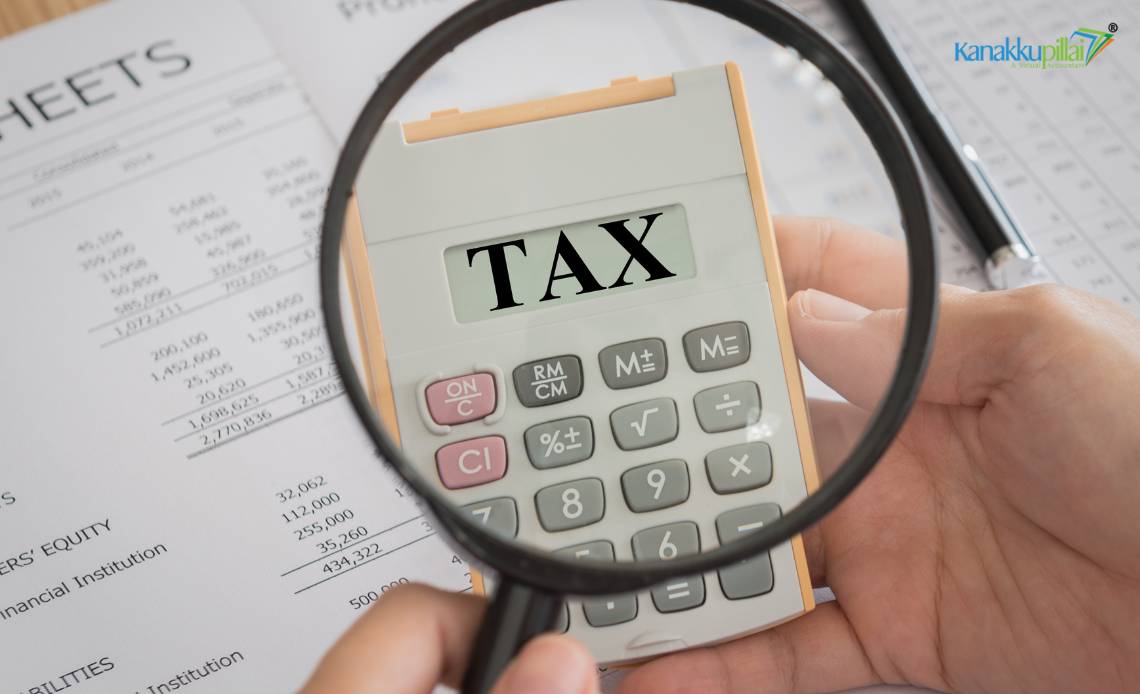Taxpayers must meet their financial obligations by filing ITR despite possible errors that might arise. Under Section 154 of the Income Tax Act, 1961, taxpayers can correct their return in cases of income underreporting and deduction mistakes, along with other potentially basic mistakes. Through rectification procedures, individuals and companies achieve the dual purpose of correcting their mistakes and satisfying their tax obligations.
This article has a step-by-step guide for rectification of an income tax return (ITR), as well as who can apply for it, the kind of errors that could be rectified, and finally, how the application for rectification can be done online in step-by-step detail. Reading this helps save the taxpayer penalties and keeps records correct.
Introduction
Errors in income tax returns are prevalent, and the Income Tax Department gives taxpayers a chance to rectify them. The request for rectification is different from amending an ITR, as it is merely for rectifying errors evident from the record, like arithmetic mistakes, wrong personal information, or mismatches in tax credits. These errors do not need new documents but require rectification on the basis of the already filed return.
Submission of a rectification request is an important process that helps taxpayers ensure that tax accounts are correctly updated with the financial information. It is only if it is not processed that small errors may result in tax department notices, avoidable penalties, and extended compliance problems. Through the proper process, taxpayers can correct their submitted ITR without undue delay and also remain compliant with tax regulations.
Who Can Apply for Rectification of ITR?
- Individuals, entrepreneurs, or companies who have filed an ITR and have an intimation issued under Section 143(1) by the Income Tax Department.
- Taxpayers who become aware of some mistake in an ITR which comes under “mistakes apparent from the record.”
- Authorized persons or tax practitioners filing on their behalf.
The application for rectification must be made within a period of four years from the close of the financial year during which the original assessment was finished. Canvassing for rectification beyond this period may compel the taxpayer to pursue additional relief, such as approaching the Commissioner of Income Tax (Appeals).
Common Errors that May be Rectified
All errors are not eligible for rectification. Only obvious mistakes can be rectified, including-
- Clerical or numerical errors in tax computation, like inappropriate application of tax rate or faulty calculation of deductions.
- Mismatched selection of assessment year during filing the ITR, which may result in inconsistencies in the process of tax.
- Mismatch in tax credit (TDS, advance tax, or self-assessment tax) as per Form 26AS, which can cause incorrect tax refunds or tax demands.
- Wrong gender, name, or address information in the ITR can result in communication problems with the tax department.
- Repetition or over-claim of tax deductions can generate errors in the return and result in rejection.
- Wrong exemption or deduction entries can result in a lesser tax liability than allowed by law.
Mistakes involving disclosure of additional income, new deductions, or alteration of tax regimes cannot be corrected under Section 154. For them, a new return has to be submitted.
Steps to Submit an ITR Rectification Request Online
Step 1. Login to the Income Tax e-Filing Portal
Log on to the official Income Tax e-Filing portal (www.incometax.gov.in) and login with your PAN or Aadhaar and password.
Step 2. Visit to ‘Rectification Request’
Navigate to the tab ‘Services’ > ‘Rectification’ from the dashboard. Choose the assessment year for which the rectification is required.
Step 3. Select the Reason for Rectification
Users can select from three possible reasons for rectification including Tax credit mismatch alongside Incorrect information in the return or Computational errors.
You should verify the details in Form 26AS before proceeding if your issue involves a tax credit mismatch.
Step 4. Make Necessary Corrections
Proceed with detailed corrections according to the type of detection error. Enter correct details for new information to avoid more issues in the process. Verify all figures and tax credits together with personal details just before sending the information.
Step 5. Submit the Rectification Request
After performing required corrections you must submit the rectification request. Processing of the request requires an acknowledgment number for monitoring its progress.
Step 6. Wait for Processing
The Income Tax Department will process the request and release a new intimation order under Section 154 with the corrected details. Processing would take a few weeks, depending on the nature of the case and the workload of requests processed by the department.
Why is the Rectification of ITR Essential?
Filing the right income tax return guarantees compliance by taxpayers without inviting scrutiny or penalty. Nevertheless, mistakes in returns submitted could cause a delay in refunds, tax demands, or miscomputation of tax liabilities. Through the process of rectification, taxpayers are able to
- Guarantee proper tax liability computation, preventing unjustified tax demands or interest charges.
- Get precise refunds since mismatches in TDS or advance tax payments can affect refund figures.
- Ensure error-free tax records, which is vital for financial dealings like obtaining loans or visas.
- Prevent tax department notices, which may cause extra compliance hassles.
Proceeding with early correction enables taxpayers to bypass tax disputes while keeping Income Tax procedures running smoothly.
Conclusion
The proper filing of income tax returns remains required to ensure tax compliance and prevent problems with penalty evasion. Facility 154 under the Income Tax Act provides the provision for error rectification following a return having already been submitted where errors have been identified. When utilized correctly in the online portal, the system allows for proper error correction to provide instant results.
By filing a rectification request on time and correctly, taxpayers can ensure error-free tax records and complete their compliance requirements in an effective manner. Proper tracking of tax credits, correct verification of facts prior to filing, and proper monitoring of communications from the tax department can help taxpayers prevent the requirement for rectification altogether. If an error is committed, use of the online facility for correction facilitates quick rectification and adherence to taxation regulations.
References
The Income Tax Rules, 1962
The Income Tax Act of 1961 (Act No. 43 of 1961)





